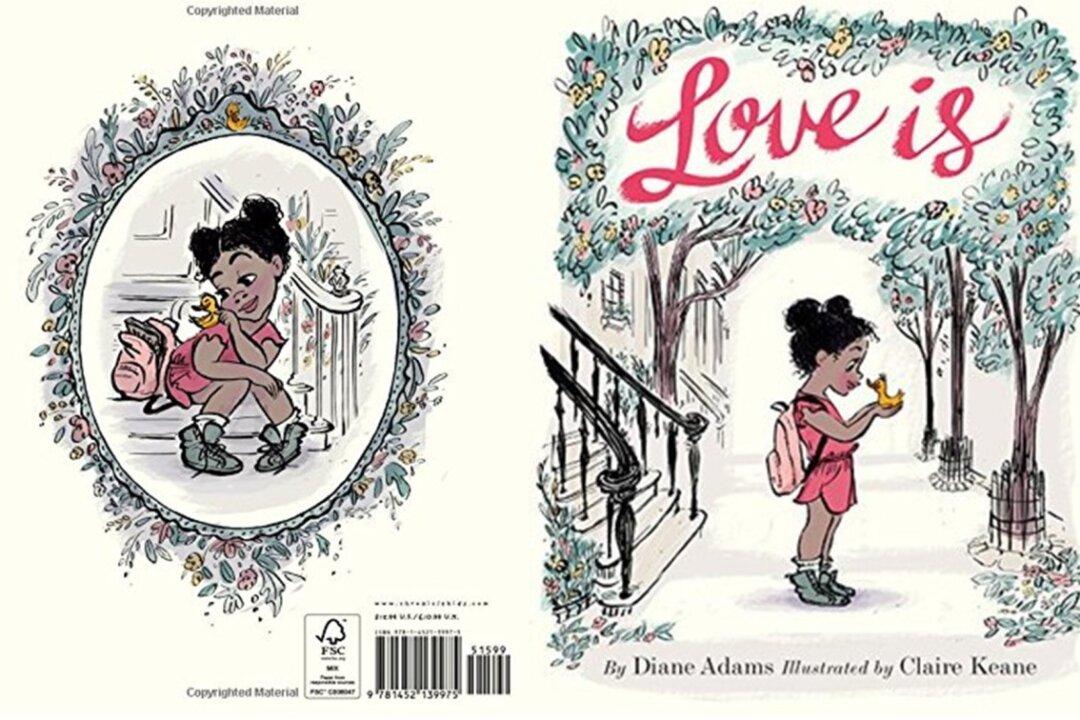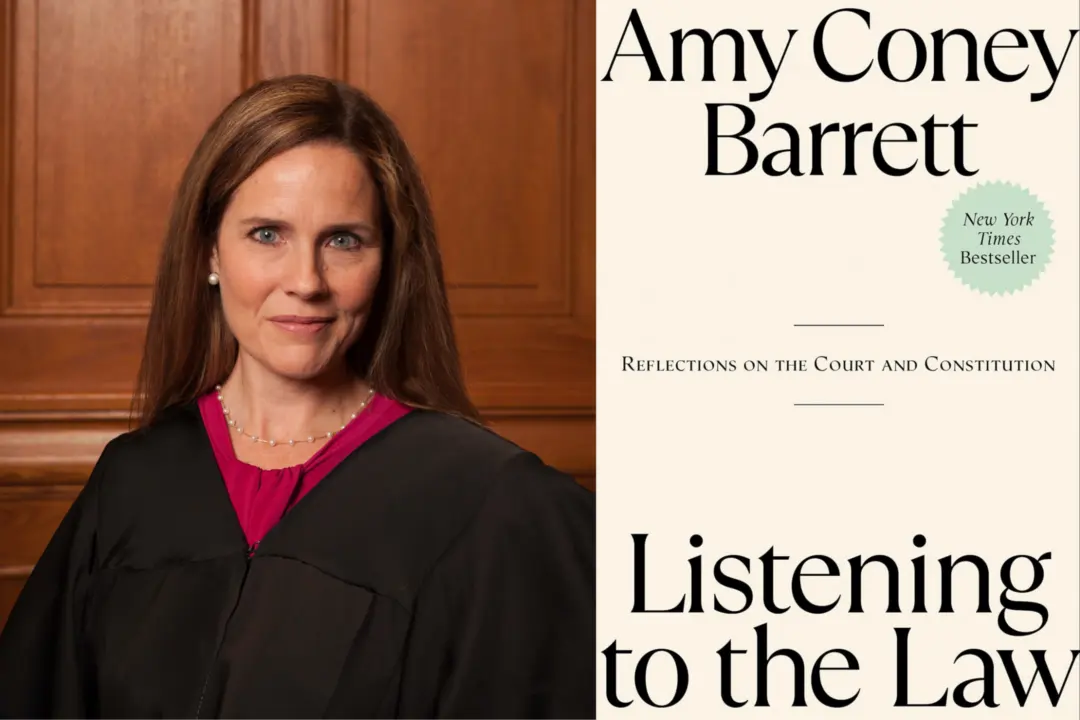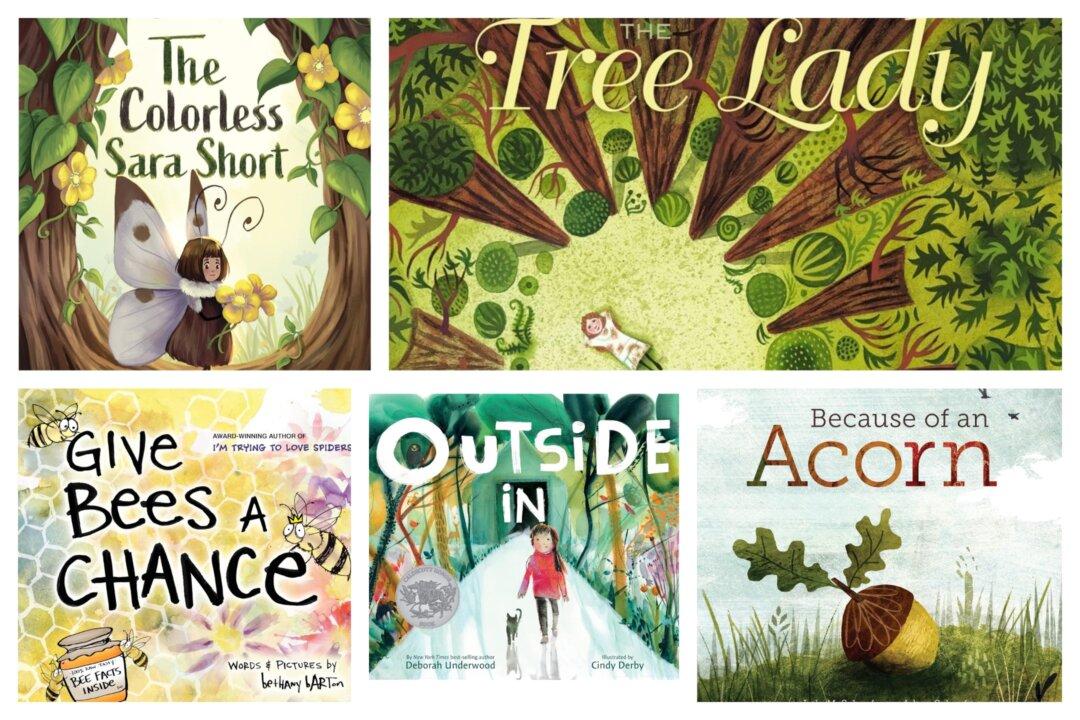“We are not human beings on a spiritual journey. We are spiritual beings on a human journey,” wrote American educator and businessman Stephen Covey. There cannot be a more important lesson to teach our children.
The Wind and the Sun were disputing which was the stronger. They saw a traveler coming down the road, and the Sun said: “I see a way to decide our dispute. Whichever of us can cause that traveler to take off his cloak shall be regarded as the stronger. You begin.”
So the Sun retired behind a cloud, and the Wind began to blow as hard as it could upon the traveler. But the harder he blew the more closely did the traveler wrap his cloak round him, till at last the Wind had to give up in despair.
Then the Sun came out and shone in all his glory upon the traveler, who soon found it too hot to walk with his cloak on.
As we journey through life, let’s stay on a righteous path, shunning the chilling winds of hate and embracing the warm, comforting rays of love. And, let’s teach our littlest spiritual beings about the simple, yet incredibly complex aspects of love. Here are a few children’s book that can start that process.




